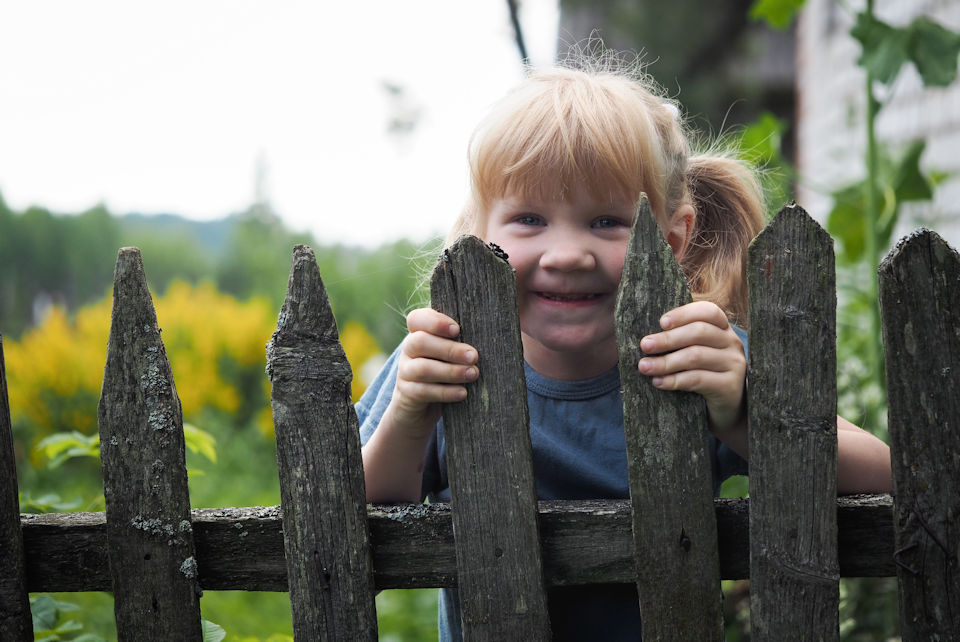In our laity blog, Power in the Pew, Conference Lay Leader Anne Soles gives counsel from the gospel and a classic poem about navigating the walls and fences of life.
ANNE SOLES
Lay Leader, Michigan Conference
This summer, my father reached the age of 100.625 — not that anyone was counting! And thanks to the stock market buoyancy, he did meet his financial goal — not that anyone was counting that either. But no matter how wise, no matter how astute, he ran afoul of “scope of practice” circles. I found myself filling the gaps in the assisted living setting, between what the nurse aides could do, and outside nursing service could provide. I was the “between” for a few weeks. No system is perfect, and I was glad to be Dad’s advocate.
The real world is wider, more complex, and more intricate than any system devised by man (or woman). We build constructs and boundaries, liabilities and permissions. Gates and access points are part of the systems we create. All too often we create a “between.”
Preparing for his memorial service, I went back to some family history and remembered that my dad — probably dyslexic but a skilled builder — had managed his way out of the English Department requirements at Western Michigan University with a speech class and major recitation of Robert Frost’s work. There on the page was the poem, “Mending Wall”: “Something there is that does not love a wall.” And “Good fences make good neighbors.”
As a citizen, a church leader, a family member, I’ve spent a lot of time this year mending fences and thinking about forces that do not love those walls. In our township, the force is water. I have neighbors filling sandbags and mowing cattails.
With a branch of the family in Canada, the estate work copes with borders for phone systems, mail and customs. (How to get that desk to Tilsonburg and the dishes to Kincardine). I think about our north border in comparison with immigration on our southern edge. The world is full of walls.
In our congregation, we have been working at programs that touch individuals. And remove walls. As we build an outreach service, we are looking at the “between.” We have had a strong community dinner program which prompts us to see what might be over the walls in the real world. Right now, we have well- intentioned people offering a favor and individuals with complicated burdens. Young families are looking for affordable childcare or help with special services for kids. Our retirees are needing dialysis rides and strong relationships with people they can trust.
It reminds me of Dad’s experience in assisted living. There are some areas of no coverage. What is our scope of practice? Do good fences make good neighbors?
I have always been fascinated with John Wesley’s General Rule of Discipleship. As disciples of Jesus, we are charged with awareness/action in private and in public. In private we have acts of devotion; in public, acts of worship. In private we are charged with acts of mercy and in public, acts of justice. I am understanding that somewhere, someplace we have drawn some boundaries—put up some walls—between mercy and justice.
Matthew 25:35 gives us direction. “For I was hungry, and you gave me something to eat, I was thirsty and you gave me something to drink, I was a stranger and you invited me in.” Today, I see a 90-year-old taking a 97-year-old to church. I see a retired attorney talking with a young mother about adoption services. I see a congregational fund helping a farm worker back to Florida to meet her green card hearing. Grandparents raising grandchildren, school districts preparing summer lunch and weekend nutrition back packs. You could provide examples, too. You know people who know the walls and how to scale them.
But wall-building continues around us. And there are forces larger than we have imagined. Globalization, technology and climate will get the list started. The Longbridge causeway to Lake Michigan Camp has become “jello” in the high water. Nursing services do not provide bathing assistance. Our dialysis transportation won’t cross the county line. Our General Conference has given us higher walls and more rules. We can’t start multi-cultural programming fast enough. Facebook seems to unite us while it threatens our elections.
In the face of these examples of wall-building, I ask myself, as a disciple in the pew, “What is my scope of practice?” What can I do with prayer and reflection, trusting in the Lord? Matthew 25: 37 goes on: “Then the righteous will answer him, when did we see you hungry and feed you?”
When did we see? When did we see over the wall? When did we begin to understand forces that do not love walls? When did we go outside the fences? When did we love justice and practice mercy?
The same gospel tells us that Jesus and his disciples knew a lot about boats. And water. And acting “between.” Repairs for the bridge on Pentwater Lake (Longbridge) is estimated at $800,000. Following the example of Christ, we’ve started a lake taxi for neighbors on the far side. The scope of practice for the community has expanded.
Last Updated on August 6, 2019

